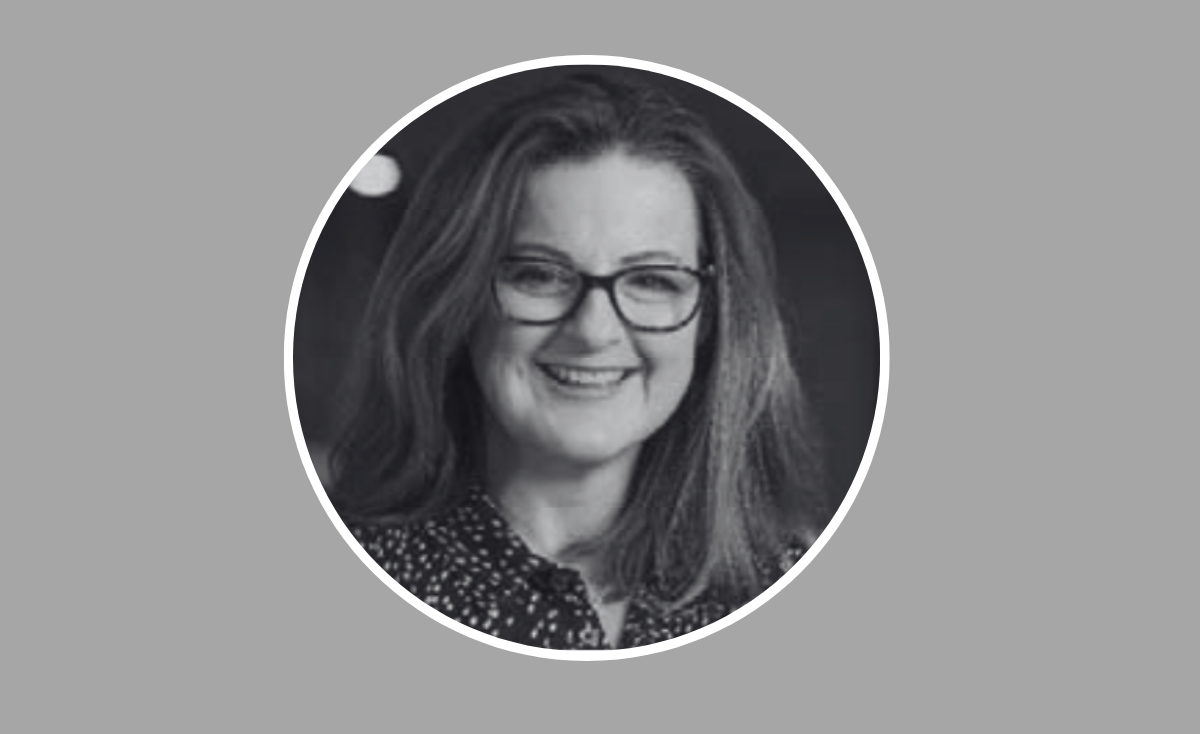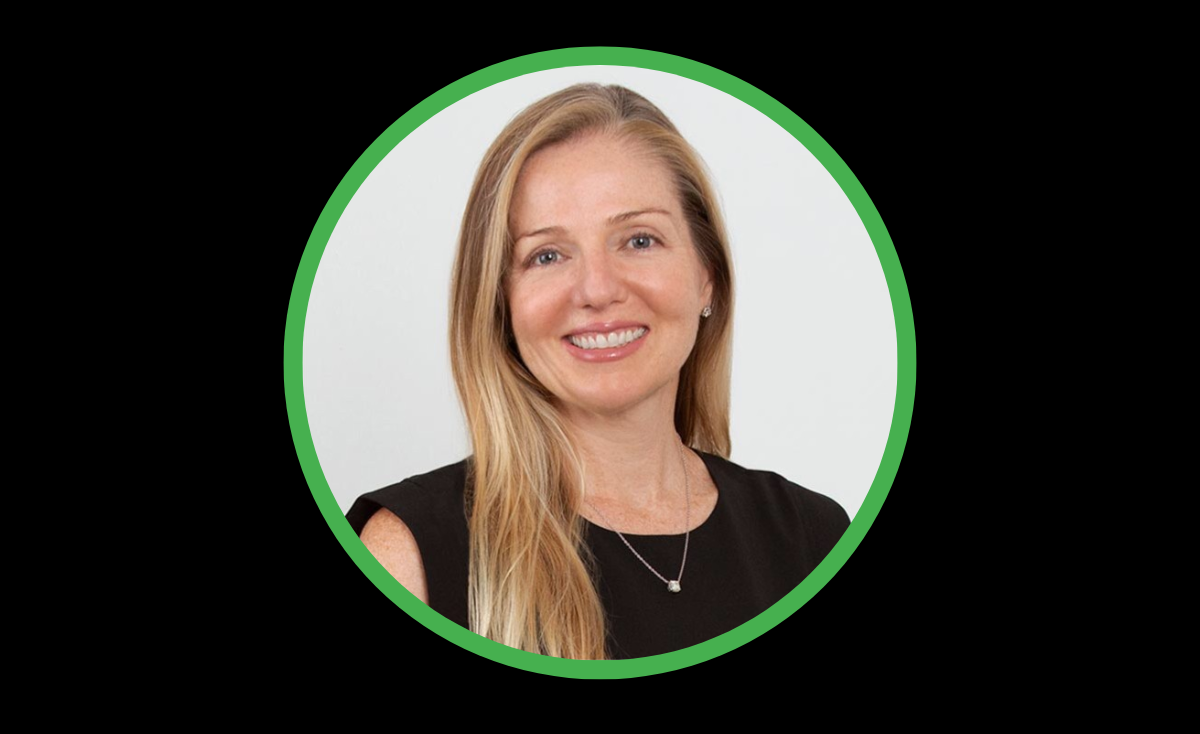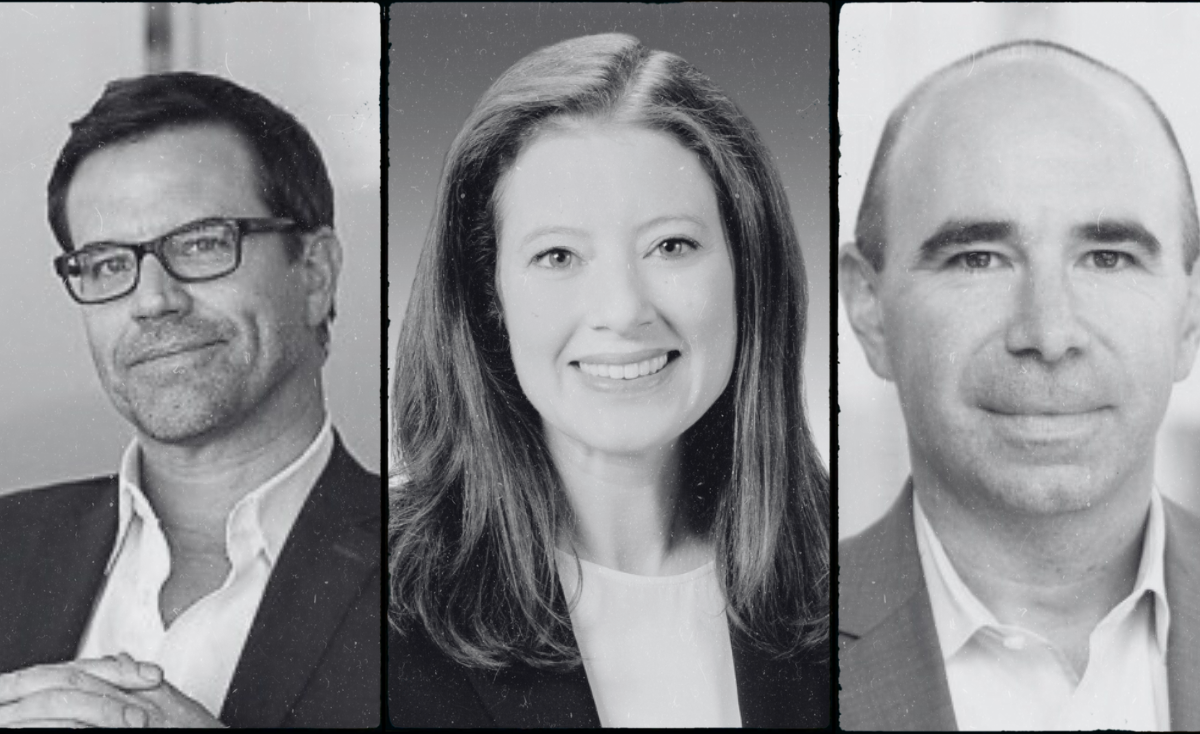 Kate McClellan, Chief Operating Officer at Aviva Investors.
Kate McClellan, Chief Operating Officer at Aviva Investors.
Using drivers for change
Andrew Putwain: Can you discuss the fee pressure that operators are seeing in today’s environment and your thoughts on possible changes to the operating model?
Kate McClellan: Fee pressures have been present for years, so the focus on improving efficiency isn’t new. However, now with inflation hitting the cost base too, there is even more pressure on profitability. That has put the focus on operating models to making them much more efficient than today. If this wasn’t already seen as a strategic priority by the industry, it needs to be right up there now alongside other important areas like growth and sustainability.
This means being focused on what is best for customers, concentrating on core capabilities, products, and geographies. It means looking at how to source data and technology and which suppliers to partner with. More asset managers than ever before are looking at their outsourcing arrangements and how they can consolidate the number of vendors and service providers to simplify the operating model.
"Asset managers need partners who are passionate about such a transformation and have the expertise and breadth of capabilities to deliver. The outcomes will be far more efficient."
There’s also an opportunity to go further and outsource more, which means asset servicers are looking to provide options beyond traditional, largely commoditised services such as custody and fund administration. Increasingly, this will encompass front, middle, and back-office services.
However, fundamentally rethinking your operating model is not a quick process. It takes considerable resource, investment, and has to involve the whole business. We began this process in our business over 18 months ago with our Real Assets operating model and have more recently extended this to our Liquid Markets model.
Asset managers need strategic partners who are passionate about such a transformation and have the expertise and breadth of capabilities to deliver. The outcomes will be far more efficient and scalable operating models, which will allow asset managers to focus on their core investment capabilities and delivering exceptional client experience.
Andrew: What are the current drivers for change and how much pressure is there for change?
Kate: This is not just about cost; it is about optimising the operating model to deliver an improved investment and client experience. There are multiple ways to achieve this, from investing in data analytics and intelligence to providing clients with more insightful reporting.
These changes can be developed in-house or through partnering with innovative providers, but it all comes back to having a data-centric operating model powered by flexible technology and comprehensive capabilities.
"The volatile geopolitical landscape is also a driver for change. Systems and supply chains need to be resilient to this and people, data and personal information are valuable commodities."
These last two elements are vital, especially if we are to play our part in building a more sustainable world. We must be able to show in- depth to our clients how we invest for them in detail, how we have embedded ESG into the investment process and how sustainability targets are being met. We need to use data that is transparent and comparable to demonstrate these things, while also acknowledging that the thinking and maturity of ESG are still evolving.
The increasingly volatile geopolitical landscape is also a driver for change. Systems and supply chains need to be resilient to this and people, data and personal information are valuable commodities. We need to look after our people and customer data and protect the systems we use daily from threats such as cyber-attacks.
Andrew: Relatedly, how have investors’ appetites changed due to the pandemic and the current inflation and interest rate rise, and where do you see the market going in 2023?
Kate: This is one of the most challenging environments we have experienced in many years.
With inflation at 40-year highs in the UK and US, central banks aggressively hiked interest rates to counter it, which in turn means downgrades to growth forecasts.
"New opportunities present themselves during challenging periods. Real assets is an obvious area, particularly in sectors that offer some level of contractual protection against inflation."
The net effect has been a deterioration in investor sentiment; hitting investment returns – particularly in liquid markets – asset under management (AUM), flows and revenues.
However, new opportunities often present themselves during challenging periods. Real assets is an obvious area, particularly in sectors that offer some level of contractual protection against inflation – like real estate long income and infrastructure.
Out of necessity, the pandemic transformed the way we engage with clients. While there will always be value in face-to-face engagement, digital interactions have accelerated materially. In a world where time is precious, using technology to have more regular and meaningful contact with our clients has become part of the status quo. That’s here to stay.
Looking ahead to 2023, it is difficult to see any short-term relief in financial markets. Inflation is likely to remain elevated and interest rates are set to increase further. It’s during such periods that asset managers need to stay as close to their clients as possible.
Please Sign In or Register to leave a Comment.
SUBSCRIBE
Get the recent popular stories straight into your inbox







